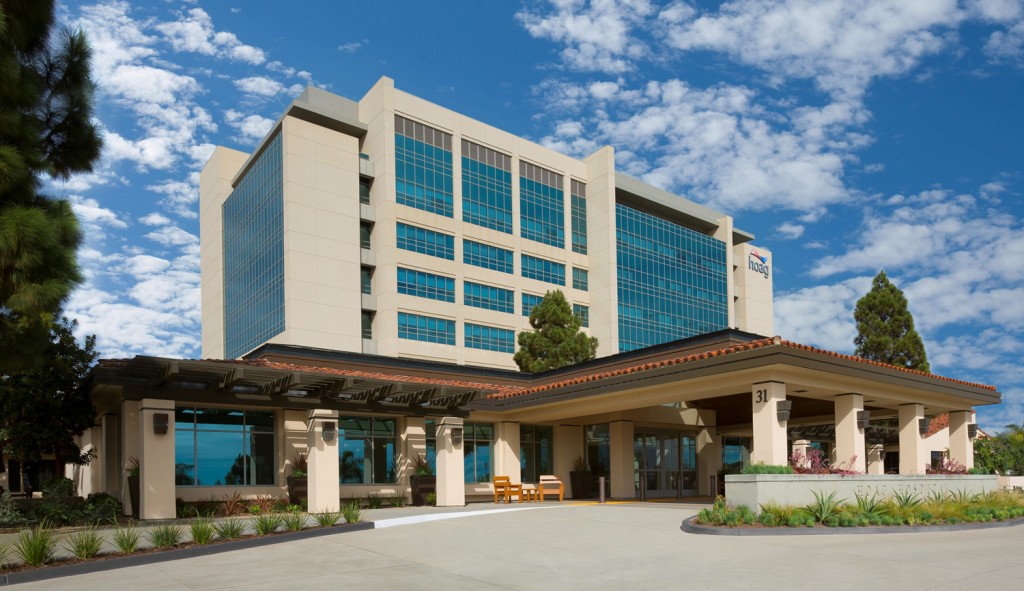
When the heart skips a beat in poetry and pop songs, it’s usually due to excitement and love. But when the heart beats abnormally in real life, the results can be deadly.
To treat heart arrhythmias, or disturbances in the normal rhythm of the heartbeat, surgeons must “disconnect” the source of the abnormal rhythm in the heart, but pinpointing the focal point of an arrhythmia has been impossible—until now.
A 3D graphical display is now available to target where in the heart therapy would be most effective.
Hoag is one of only 17 hospitals in the country and second on the West Coast to use the new, FDA-cleared Topera RhythmView system, a 3D graphical display that pinpoints the exact “starting point” of a heart arrhythmia.
The result is more accurate treatment and better, longer-lasting outcomes.
The success rate for atrial fibrillation ablations typically range from 30 to 70 percent, and generally require repeated ablations. The early research for Topera RhythmView is in the 80-90 percent range, with very few repeat ablations in the first hundreds of cases.
“RhythmView is essentially a GPS of the heart’s electrical activity, and its ability to target treatment for atrial fibrillation (AF), the most common disorder of heart rhythm, has been phenomenal,” said Jay Lee, M.D., program director, Hoag Electrophysiology. “This new system has accurately identified rotors or focal beats in a high percentage of AF patients on whom we used RhythmView, leading to better treatment and tremendous outcomes.”
Hoag was able to purchase this advanced equipment thanks to a generous donation by Newport Beach couple Pei-Yuan and Kitty Chia, supporters of the Jeffrey M. Carlton Heart and Vascular Institute at Hoag.
The couple donated $700,000 in grateful support of Dr. Neala Hunter and the institute’s Center of Advanced Electrophysiology after Dr. Hunter helped find – and ablate – the source of Pei-Yuan’s three heart attacks.
The addition of this equipment to Hoag’s already leading-edge Allan & Sandy Fainbarg Electrophysiology Cath Lab Suite further pushes the institute to the forefront of cardiac care in Southern California, if not the nation.
For more information, visit hoag.org.




